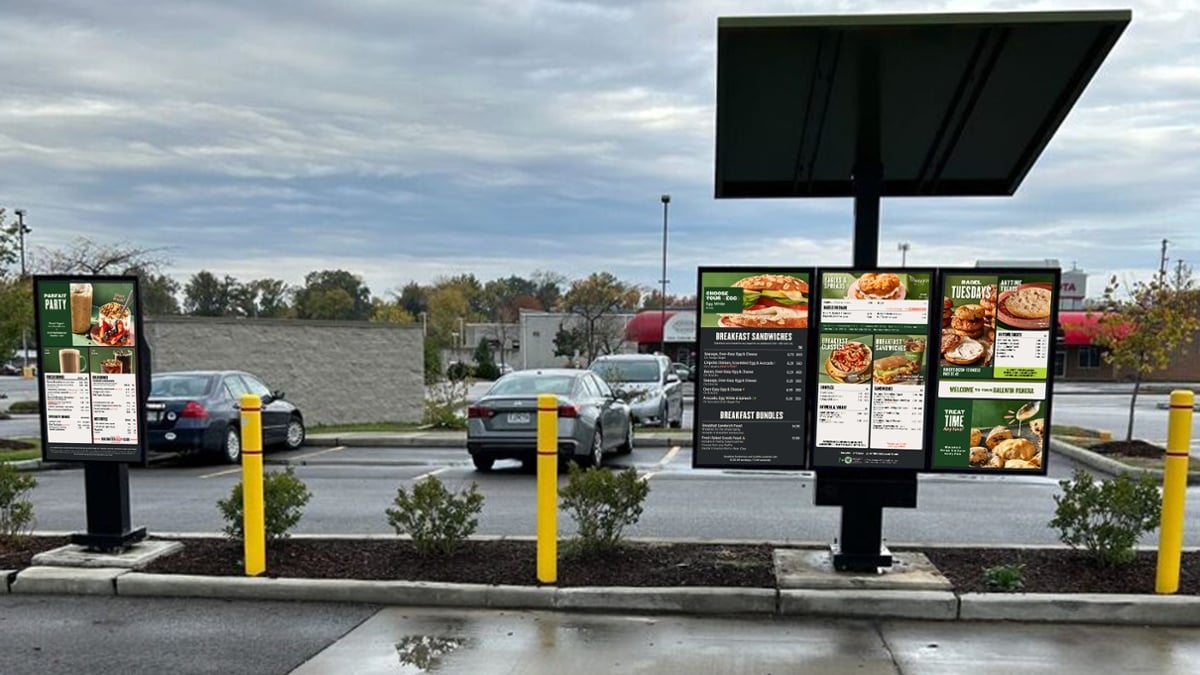5G and Data: The Keys to a Personal Interactive Customer Experience
Online retail has changed how consumers want to interact with merchants. With the growth and increasing sophistication of digital shopping options, customers have come to expect a more integrated, personalized shopping experience. In fact, a recent Infosys study showed that an overwhelming majority of customers—86 percent—claim personalization has a direct impact on what, how much, and from whom they purchase.
It's no surprise that e-commerce vendors have enjoyed an advantage over brick-and-mortar stores when it comes to tailoring the buyer's experience. Online sites have direct access to a shopper’s personal data and past purchase history. They can also integrate third-party data from external sources like social media, to even better understand the consumer’s preferences, likes, and dislikes. And, of course, they can track what the shopper is currently interested in based on the search terms they use and their browser cookies.
Shoppers also want a personalized experience when they walk into a store, but physical retailers don’t have access to the same in-the-moment data. Which explains why only 11 percent of retail marketers are satisfied with the results of the in-store personalization they've been able to provide.
Wireless 5G connectivity is about to level the playing field. With its high speed, lower latency, and a whole range of 5G-enabled devices—including digital signage, smartphones, sensors and other IoT devices—brick-and-mortar retailers will soon provide much more personalized experiences for their customers.
How will 5G enable retailers do that?
Providing more real-time data
First, 5G-enabled digital signage systems and sensors will provide significantly more real-time data on what's happening in the store, both at the screen and elsewhere on the floor. Motion sensors and cameras can note a shopper's behavior, such as where they pause and for how long and what does and does not capture their attention. A digital screen can transmit details about precisely how the customer interacted with the device. And that's just for starters.
Analytics on detailed, real-time data about the customers' movements, activities and engagement will allow retailers to create more personalized content and experiences. It can gauge the types of products a shopper is interested in, then tailor the right images, content, or offers for that customer. And, thanks to 5G's increased bandwidth, that content mix can be live-streamed to the nearest digital screen, providing a personalized, just-in-time interactive digital experience.
Let's say your cameras and motion sensors detect three persons browsing items in the sporting goods department. Real-time video analytics determines they are between 13 and 16 years old. From other 5G devices around the store, you know the same group spent an extended amount of time in teen fashions. Analyzing this data in real-time, your network decides to adjust the content on a nearby screen to feature teen sports apparel.
Allowing for dynamic signage layout to optimize the experience
Real-time data analytics made possible by 5G can also help optimize placement of digital signage throughout the store. With detailed information on store traffic patterns—that is, where shoppers are spending the most time—analytics can gauge the best locations for existing screens or when and where additional devices are needed.
5G takes this optimization one step further. Traffic patterns in a retail store can change based on seasons, times of day, and consumer trends—sometimes even in real time. With 5G, not only can analytics reconfigure where screens will be most effective, but retailers can also make the needed changes in real time. In contrast to screens that require dedicated, wired connections, 5G-enabled devices aren't tethered to a single location. They can easily be moved on a moment's notice, wherever and whenever they’ll have the greatest impact.
Enabling the creation of real-time content
We've already shown how 5G enables retailers to push personalized content to whomever and wherever it will be most effective. Yet, despite removing network bandwidth limitations with 5G, we still tend to think of content as static files that have to be downloaded to each digital screen. 5G will allow retailers to live-stream even huge media files on demand. As a result, it's no longer necessary for every piece of content a shopper sees to come from a canned library.
Leveraging the power of back end IT or cloud resources, a retailer's digital signage system can create unique content in real time, based on what it observes of customer actions and interactions. Even better, when an existing customer logs in via the digital screen or mobile app, the network has access to even more personal data from which to customize the content. Together, they will allow retailers to “bridge the digital divide” by providing an in-store shopper conveniences they’ve become used to online. For example, it could remember what a shopper has previously looked at or purchased—either online or in person—as well as providing recommendations for additional items or reviews from other customers. The result is a highly personalized interactive digital experience created in real time—and delivered to the in-store customer with blazing 5G speed.
5G: The key to delivering the personalized experience in-store shoppers demand
With 5G connectivity, retailers will be able to collect the detailed real-time data they need to better understand the behaviors and needs of in-store customers. This will allow them to deliver personalized interactive digital experiences in real time, to engage today's shoppers in a manner they've come to expect. If your digital signage network is still serving up the same content to every shopper, we’d love to show you how to leverage customer data and new technologies like 5G to provide each shopper a more personalized interactive customer experience.
For more information about everything 5G, download our new Whitepaper here!
Share this
You May Also Like
These Related Stories

What's the Future of Interactive Experiences? (Part 2)

Small Screens: How Digital Signage Connects With Devices That Already Capture Your Audience's Attention


